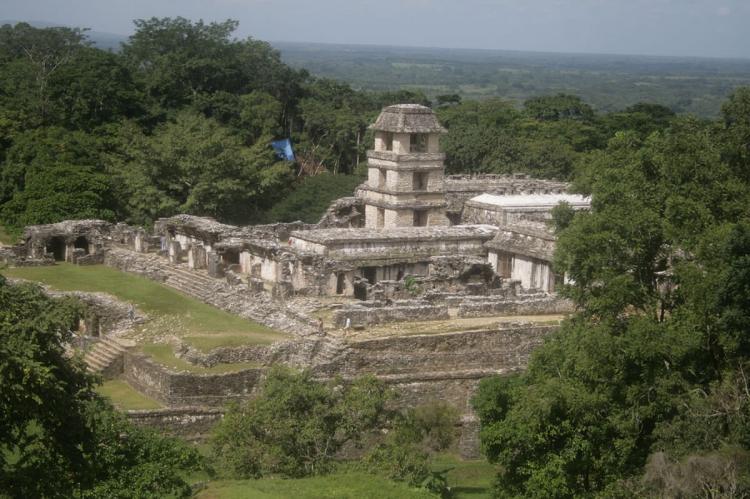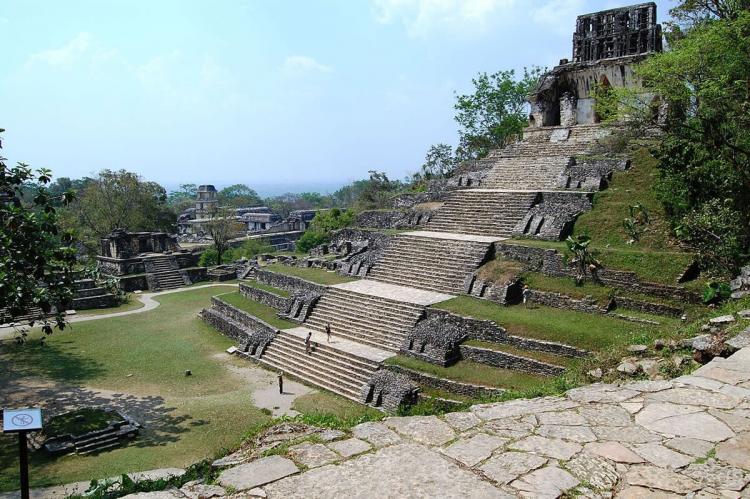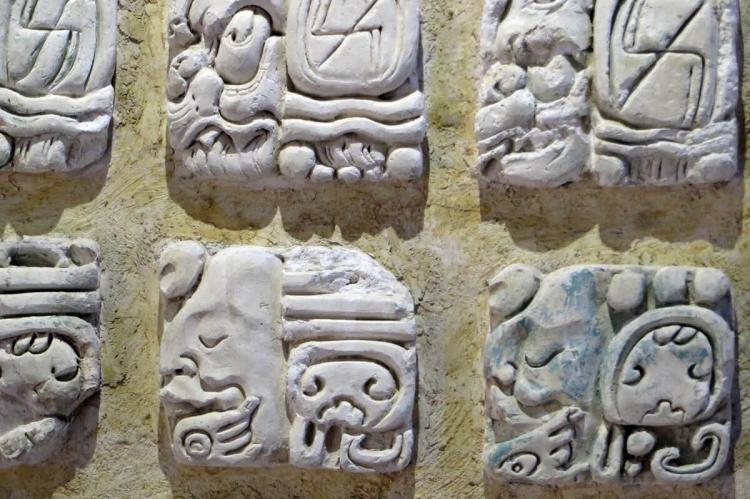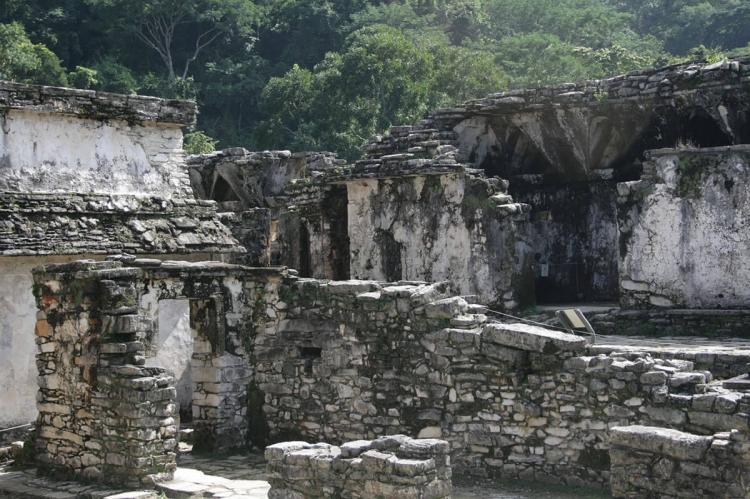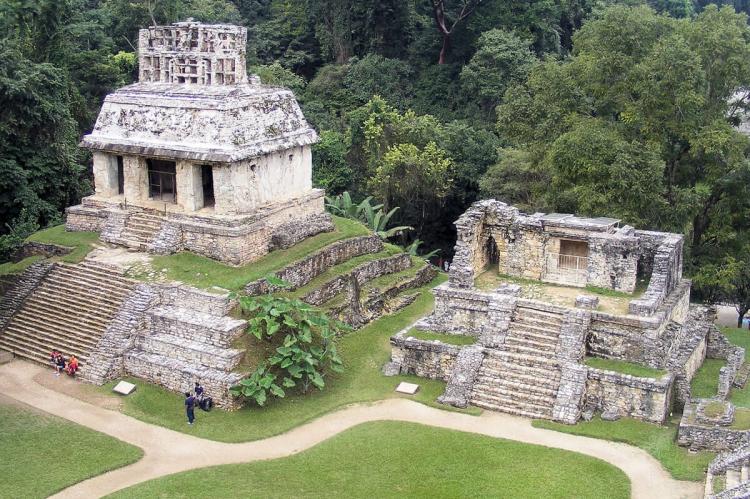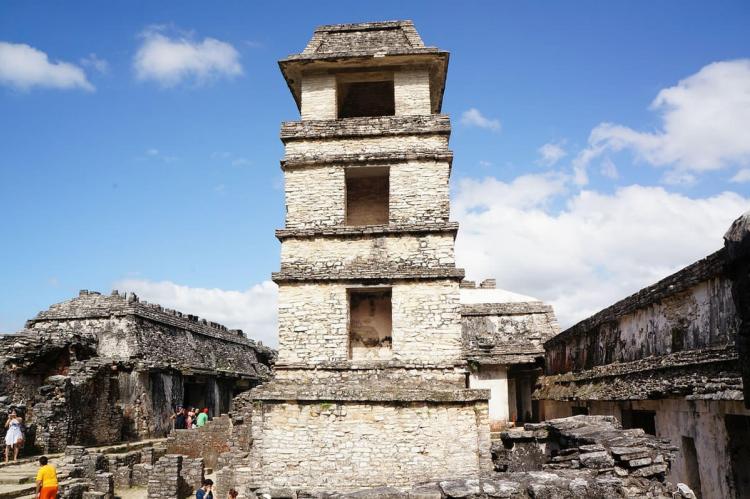Palenque: Pre-Hispanic City and National Park (Mexico)
The Pre-Hispanic City and National Park of Palenque, in the Mexican state of Chiapas, is one of the Maya area's most outstanding Classic period sites. Palenque is an incomparable achievement of Mayan art and illustrates one of the most significant achievements of humankind in the American continent.
Pre-Hispanic City and National Park of Palenque
Nestled within the lush jungles of southern Mexico, Palenque, formerly known as Lakamha ("Big Water"), stands as a testament to the flourishing Maya civilization that once thrived in the 7th century. Despite its eventual decline and absorption into the dense foliage of cedar, mahogany, and sapodilla trees, Palenque has emerged as a prominent archaeological site, national park, and UNESCO World Heritage Site.
National Park
Palenque is not only an archaeological site but also a national park. The official name is "The Pre-Hispanic City and National Park of Palenque." This designation reflects the dual status of the site as both a historical treasure and a protected natural area. The national park encompasses not only the archaeological remains of the ancient city but also the surrounding natural environment, including the lush jungle that once enveloped the site during its period of abandonment.
As a national park, Palenque benefits from conservation efforts to preserve its cultural and natural heritage. The park's status helps safeguard the archaeological structures, sculptures, and reliefs while protecting the diverse flora and fauna within the surrounding jungle. This integrated approach recognizes the interconnectedness of Palenque's archaeological and ecological aspects, making it a unique destination that combines historical exploration with an appreciation for the natural environment.
Historical Background
Palenque's roots trace back to the Late Preclassic period, marking its foundation around the beginning of the Christian era. The city-state's rise to prominence occurred circa 500 A.D., establishing itself as a robust capital within a regional political unit. The city was strategically planned, featuring monumental edifices and spacious clearings, distinguishing it as one of the most well-designed urban centers in the Maya area.
Architectural Marvels
Palenque's architectural brilliance is evident in the meticulously crafted structures that have withstood the test of time. The city boasts elegance and craftsmanship, showcasing the creative genius of the Maya civilization. The Temple of Inscriptions, a notable structure within the city, houses the sarcophagus of Pacal the Great, providing a unique insight into ancient Maya burial practices and beliefs.
The city's palencano style is characterized by a high degree of refinement, lightness, and harmony. This architectural style is distinctive for its vaulted roofs adorned with pierced crestings, emphasizing height and creating a sense of grandeur. Palenque architecture incorporates unique features such as interior sanctuaries, modeled stucco scenes, ogival vaults, vaulted halls connecting galleries, and T-shaped windows. These elements contribute to the city's aesthetic appeal and reflect the history and ideology of the ruling class.
Cultural Significance
Palenque's significance extends beyond its architectural splendor; it is a repository of Maya mythology and history. The site features sculpted reliefs that vividly illustrate Mayan mythology, providing a visual narrative of the cultural and religious beliefs of the civilization. The rich decoration throughout the site incorporates writing and calendar systems, offering a glimpse into the intellectual achievements of the Maya people.
Preservation and Exploration
Since the 18th century, Palenque has captivated the attention of travelers, explorers, and researchers. The site's excavation and restoration efforts have revealed approximately 1,400 recorded buildings, with only about 10% explored. Despite its medium size compared to other Maya sites like Tikal, Chichen Itza, or Copán, Palenque stands out due to the exceptional quality of its architecture, sculpture, roof combs, and bas-relief carvings.
Palenque stands as a cultural gem, preserving the legacy of the Maya civilization in the heart of southern Mexico. Its architectural brilliance, intricate sculptures, and historical significance make it a UNESCO World Heritage Site and a symbol of the achievements of humankind in the Americas. As Palenque continues to unveil its secrets through ongoing exploration, it remains a testament to the enduring legacy of the ancient Maya people and their extraordinary contributions to human civilization.
